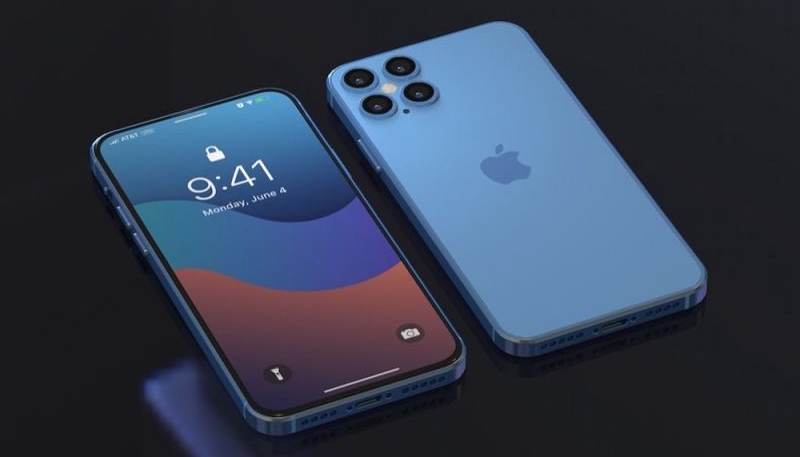Loup Ventures’ Gene Munster on Wednesday reminded investors who are worrying that the COVID-19 coronavirus pandemic will cause Apple’s 5G-capable 2020 iPhone lineup to not launch in the fall as usual, that the iPhone is designed and built over a period of years, not months.
In a blog post (via AppleInsider), Munster termed the belief that it takes only a single year to bring an iPhone from concept to release as a “misunderstanding.” Munster was responding to a Nikkei report that Apple is planning to delay the launch of the 2020 iPhone lineup.
Munster says it typically takes 3-4 years to take an iPhone from concept to launch. Plus, he says, Chinese component manufacturers are beginning to ramp up production, meaning the iPhone supply chain should be well-positioned to supply several million iPhones by the end of September, which is in line with the supply for previous iPhone launches.
Munster’s thoughts on the subject are as follows:
- It’s a misunderstanding that an iPhone is designed in a year. Johny Srouji, Apple’s head of Hardware Technologies has commented that engineers and designers can work on iPhone features for years in advance of the launch.
- We estimate that it typically takes 3-4 years to take an iPhone from concept to launch. That implies that by the end of March in a given year, the vast majority of work on an iPhone design and planning with the supply chain is already done.
- China manufacturing and assembly, including some of Apple’s most important partners like Taiwan Semiconductor (TSMC), are beginning to ramp production. Taking the view that China production will remain stable (which can quickly change), the supply chain should be positioned to supply several million iPhones by the end of September, in line with supply for previous launches.
- Demand for the upcoming iPhone will likely be muted initially, as it will reflect overall consumer demand in the fall which we expect to be soft.
- We remain optimistic that, over the next five years, 5G’s impact on our lives will exceed its hype, and Apple is one of the best ways to invest in the transformation driven by 5G.
While Munster says he expects “muted” initial demand for the new handset, he does not believe soft demand will prompt Apple to delay the new iPhone lineup’s launch.
“In the midst of 5G iPhone delay rumors, it’s important to keep in mind that Apple plans its business in terms of decades, not years – an under-appreciated long-term competitive advantage,” Munster writes. “At the core of this advantage is the company’s balance sheet, which allows it to survive the unexpected; everything from COVID-19, to a financial crisis, or weak initial demand for a new iPhone.”


